Table of content
Zongzi, the iconic pyramid-shaped dumpling wrapped in bamboo leaves, is a beloved staple of Chinese cuisine, particularly during the Dragon Boat Festival. These sticky rice parcels, often filled with sweet or savory ingredients, have a history spanning centuries, rooted in both culinary tradition and cultural symbolism. However, for home cooks seeking to recreate this treat without access to bamboo leaves—or those looking to experiment with modern techniques—the challenge lies in preserving the essence of zongzi while embracing innovation. This article explores alternative methods to craft leaf-free zongzi, ensuring the dish’s comforting textures and flavors remain intact, even as its presentation evolves.
The Tradition of Zongzi: A Brief Overview
Before diving into leafless adaptations, it’s essential to understand the role of bamboo leaves in traditional zongzi. These leaves, typically harvested from species like Indocalamus tessellatus, impart a subtle grassy aroma and earthy flavor to the rice during steaming or boiling. Their flexibility allows for tight, triangular wraps that hold the dumpling’s shape, while their natural oils prevent sticking. For generations, the act of wrapping zongzi has been a communal ritual, passed down through families as a symbol of unity and respect for heritage.
Yet, the modern kitchen faces constraints bamboo leaves cannot always overcome. Urban dwellers may lack access to fresh leaves, while eco-conscious cooks might prefer to reduce waste. Others may simply wish to streamline the process without sacrificing taste. The solutions that follow honor tradition while adapting to contemporary needs.
Why Skip the Bamboo Leaves?
- Accessibility: Bamboo leaves are seasonal and often unavailable outside Asian markets.
- Convenience: Preparing leaves (soaking, cleaning, softening) adds time and effort.
- Dietary Preferences: Some avoid plant-based wraps due to allergies or texture aversions.
- Creativity: Experimenting with textures and flavors can lead to exciting culinary discoveries.
Alternative Wrapping Methods and Ingredients
Edible Leaves as Substitutes
Banana Leaves:
Widely used in Southeast Asian and Latin American cuisines, banana leaves offer a similar flexibility to bamboo leaves. They impart a mild, herbal note and can be found frozen or fresh in international markets.
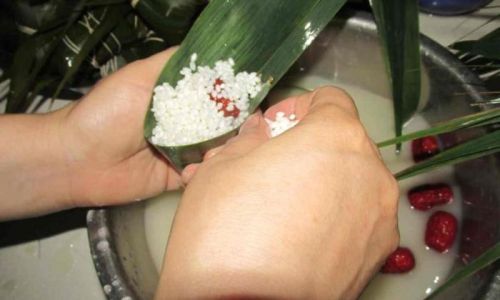
- Preparation: Thaw frozen leaves (if using) and wipe clean. Soften by passing over an open flame or wiping with a damp cloth.
- Wrapping: Cut into 12×12-inch squares. Layer two sheets crosswise for added durability. Fill with rice and desired ingredients, then fold into a triangle or rectangle. Secure with kitchen twine.
Corn Husks:
Dried corn husks, commonly used for tamales, provide a rustic texture and subtle sweetness.
- Preparation: Soak husks in warm water for 30 minutes until pliable. Pat dry.
- Wrapping: Layer two husks, overlapping at the base. Add filling, fold the sides inward, and tie with thin strips of husk.
Cabbage Leaves:
Large, sturdy leaves like Napa or Savoy cabbage can be blanched to soften.
- Preparation: Blanch leaves in boiling water for 1 minute, then shock in ice water. Trim thick ribs for easier folding.
- Wrapping: Use two layers per dumpling. Roll like a burrito, tucking in sides to seal.
Non-Edible but Food-Safe Materials
Parchment Paper:
A neutral, disposable option that requires no pre-soaking.
- Preparation: Cut into 8×8-inch squares.
- Wrapping: Place filling in the center, gather edges, and twist to secure. Use cotton string to tie.
Cheesecloth:
Ideal for steaming, as it allows moisture to penetrate while holding the dumpling’s shape.
- Preparation: Layer two sheets of cheesecloth. Place filling in the center.
- Wrapping: Gather corners and tie tightly with kitchen twine. Leave extra string for easy removal post-cooking.
Mold-Based Approaches
Silicone Molds:
Available in pyramid or triangular shapes, these reusable molds eliminate wrapping entirely.
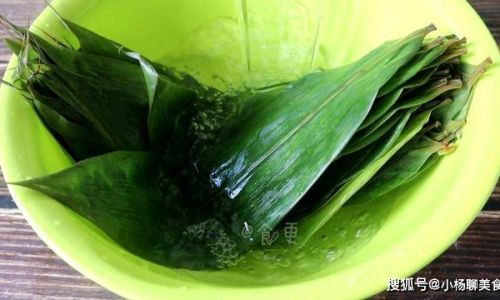
- Method: Lightly grease molds. Press a thin layer of seasoned rice into the base, add filling, and top with more rice. Seal and bake or steam.
Muffin Tins:
For a rustic, free-form shape.
- Method: Line tins with parchment strips. Press rice and filling into each cup. Bake at 350°F (175°C) for 25 minutes.
Step-by-Step Guide to Leafless Zongzi
Recipe 1: Banana Leaf-Wrapped Zongzi with Mushroom and Pork
Ingredients:
- 2 cups glutinous rice (soaked 4 hours)
- 8 banana leaf squares
- 1 cup cooked pork belly, diced
- ½ cup dried shiitake mushrooms (rehydrated, sliced)
- 2 tbsp soy sauce
- 1 tbsp oyster sauce
- 1 tsp five-spice powder
- 1 tbsp vegetable oil
Instructions:
- Prepare the Rice: Drain soaked rice. Stir in soy sauce, oyster sauce, and five-spice powder.
- Sauté Filling: Heat oil in a pan. Fry pork and mushrooms until browned.
- Assemble: Place a leaf square on a work surface. Add 2 tbsp rice, a spoonful of filling, and top with more rice. Fold leaves into a packet; tie with twine.
- Cook: Steam dumplings for 1.5 hours. Serve warm.
Recipe 2: Parchment Paper Zongzi with Red Bean Paste
Ingredients:
- 2 cups glutinous rice (soaked 4 hours)
- 8 parchment squares
- 1 cup sweet red bean paste
- 2 tbsp sugar
- 1 tsp sesame oil
Instructions:
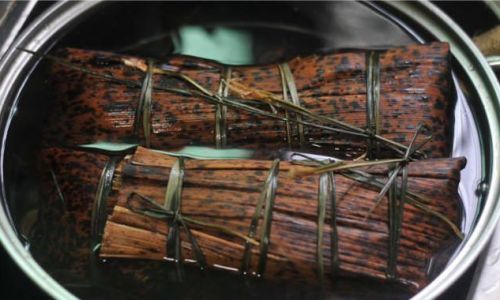
- Prepare the Rice: Drain and mix with sugar and sesame oil.
- Assemble: Place a parchment square on a plate. Add 2 tbsp rice, a dollop of red bean paste, and more rice. Gather edges and twist to seal.
- Cook: Boil dumplings in a large pot for 45 minutes. Drain and serve.
Recipe 3: Silicone Mold Zongzi with Black Sesame
Ingredients:
- 2 cups glutinous rice (soaked 4 hours)
- ½ cup black sesame seeds (toasted, ground)
- ¼ cup honey
- 1 tbsp butter (melted)
Instructions:
- Prepare the Rice: Drain and mix with sesame seeds, honey, and butter.
- Assemble: Press rice into greased molds, filling halfway. Add a small spoonful of rice to the center. Top with more rice.
- Cook: Bake at 375°F (190°C) for 30 minutes. Cool before unmolding.
Tips for Success
- Rice Preparation: Always soak glutinous rice to ensure even cooking. Short-grain varieties work best.
- Flavor Balance: Adjust seasonings to taste. Savory fillings benefit from umami-rich ingredients like mushrooms or fermented bean paste.
- Cooking Time: Steaming retains moisture better than boiling, but both methods work. Pressure cookers cut time by half.
- Storage: Leftovers freeze well. Reheat by steaming or microwaving with a damp paper towel.
Creative Adaptations
- Vegan Options: Use tofu, jackfruit, or mushrooms as fillings. Swap honey with agave.
- Gluten-Free: Replace soy sauce with tamari and ensure fillings are GF-certified.
- Dessert Zongzi: Experiment with fillings like coconut, mango, or chocolate.
Conclusion: Bridging Tradition and Innovation
The beauty of zongzi lies not just in its taste but in its adaptability. By exploring leafless methods, home cooks can democratize this ancient dish, making it accessible to kitchens worldwide. Whether wrapped in banana leaves, steamed in molds, or tied with parchment, each iteration tells a story—of heritage honored and creativity unleashed. As culinary boundaries blur, the heart of zongzi remains: a comforting embrace of rice, a burst of flavor, and the joy of sharing a meal with those we hold dear.
In a world where tradition and modernity collide, the leafless zongzi stands as a testament to resilience and ingenuity. So, the next time you crave this sticky delight, fear not the absence of bamboo leaves. The future of zongzi is in your hands—and your kitchen.
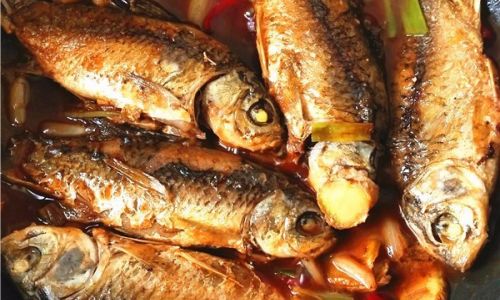
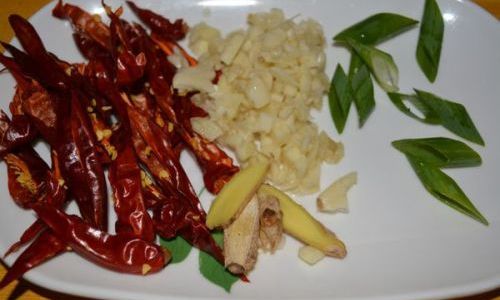

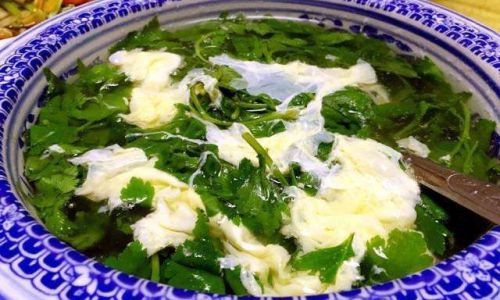

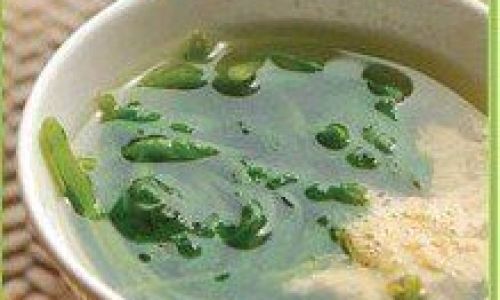
0 comments